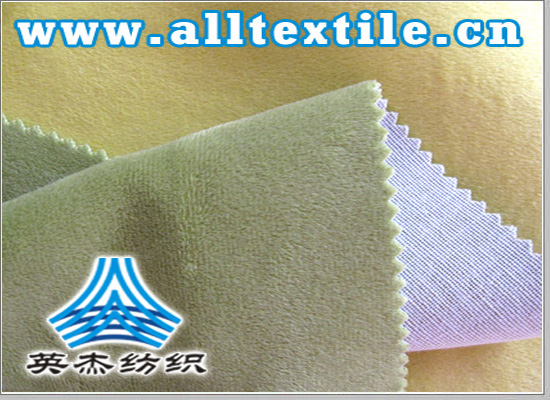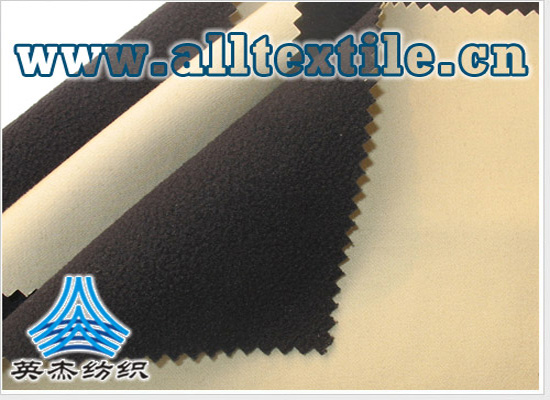Textile basics, save them for emergency use!
Basic knowledge of textiles, save it for emergency use!
Textile basics
Chapter 1 Basic knowledge of fabrics
1. Unit conversion: 1 yard (Y) = 0.9144 meters (M) 1 inch (1″) = 2.54 centimeters (CM) 1 yard = 36 inches 1 pound (LB) = 454 grams (g) 1 ounce = (OZ) =28.3 grams (g)
2. Definition of fabric specification parameters:
1. Denier number: indicates the thickness of long-fiber yarn, that is, a yarn with a length of 9,000 meters has a weight of 1 gram (g), which is usually defined as 1 denier and is represented by the English letter “D”. For example: a 9,000-meter-long yarn weighs 70 grams, which is defined as 70 denier. Mainly used to indicate the thickness of chemical fiber.
2. Number of threads and warp and weft density: Indicates the density of the fabric, that is, the sum of the number of warp threads and weft threads per square inch, represented by the English letter “T”. When counting strips, pay attention to analyzing the weaving method of the fabric and find out the corresponding weaving rules, so that you can accurately measure the number of strips.
3. F number: Each warp or weft yarn is composed of several spun yarns. The F number represents the number of spun yarns in a warp or weft yarn, represented by the English letter “F”. Generally speaking, “F number” The larger it is, the fluffier and softer the fabric will feel. On the contrary, the thinner and harder it feels.
4. The thickness of staple fiber yarn is expressed by “count yarn” under normal circumstances. That is, the length of yarn poked out of 1 pound of cotton is 840 yards. This yarn is called 1 count yarn and is represented by the English letter “s”. , such as 21 count yarn is 21s. It is mainly used to indicate the thickness of cotton, linen, tencel, blended fibers and chemical fiber short fibers. (Converted: 21S is equivalent to the weight of 250D)

3. Fabric classification:
1. Classification by nature (common classifications are as follows)
Fibers can be divided into two categories: natural fibers and man-made fibers according to their properties. Among them, natural fibers include silk cotton, linen, wool, etc., and man-made fibers include nylon, polyester, acetate, etc. The following is a detailed introduction to several more commonly used fibers:
A. Nylon: English is “Nylon”, generally represented by “N”, also called “nylon”. Nylon is divided into “nylon 6” and “nylon 66”. The various physical properties of “Nylon 66” are better than those of “Nylon 6”, and the price is also more expensive. Under normal circumstances, white smoke is emitted when burning, and it smells like mustard. Usually dyed with acid dyes.
B. Polyester: “Polyester” in English, usually represented by “T”. Under normal circumstances, black smoke is emitted when burning with fire (but it should also be noted that nylon coated with glue will also turn into black smoke after burning due to the glue, so pay attention to the identification), it burns faster and smells smellier. smell. Disperse dyes are usually used for dyeing, and attention should be paid to dye migration and sublimation fastness issues.
C. Cotton: English is “Cotton”, generally expressed by “C”. Under normal circumstances, when burning with fire, the burning speed is slow, the flame is yellow, and the smell of burning cotton is familiar to everyone. The ash after burning of natural cotton is white, while most of the ash after burning of artificial cotton is black, but the taste is similar. Usually dyed with reactive dyes or direct dyes.
D. Interwoven types such as: nylon and polyester interwoven (N/T), polyester and nylon interwoven (T/N), nylon and cotton interwoven (N/C), cotton and nylon interwoven (C/N), polyester and cotton interwoven (T/C) , cotton-polyester interwoven (C/T) and other fiber interwoven types. The setting of the name of interwoven fabrics is based on the principle of “the name of the warp fiber comes first and the name of the weft fiber comes last”. For example, “N/C” means “the warp is nylon and the weft is cotton”, and “C/N” means “the warp is nylon and the weft is cotton”. “The warp is cotton and the weft is nylon.” And so on for the rest.
E. In addition, there are acetate fiber, wool, hemp silk and other fibers, as well as blended ones, and Tencel fiber (English Tencel, viscose fiber made from leaves).

2. Classification according to weaving method:
According to the weaving method, it is divided into woven fabrics, knitted fabrics and non-woven fabrics, which can be subdivided as follows:
A. Knitted fabrics: generally include circular knitted fabrics and warp knitted fabrics
B. Woven fabric: The fabric is made of interlaced warp and weft yarns. According to the different ways of interweaving warp and weft, it can be divided into plain weave (Taffeta), twill weave (Twill), satin weave (Sattin) and jacquard (Dobby). “Sanyuan weave”), and at the same time, the warp or weft yarns are plied to form various patterns. In short, there are many types and changes, and they must be studied and experienced one by one in practical work.
C. Non-woven fabric: not woven, made of fibers directly bonded and pressed.
3. According to the manufacturing method of yarn, it can be divided into:
A. FDY (filament yarn or raw yarn), DTY (low elastic yarn), ATY (air-transformed yarn). Products woven by FDY include nylon, polyester, FDY Oxford and other fabrics; products woven by DTY include pongee, peach skin, low-elastic Oxford cloth, etc.; ATY is mainly used for weaving Taslan cloth. There are also styles that combine the above types of knitting to produce various effects.
</







